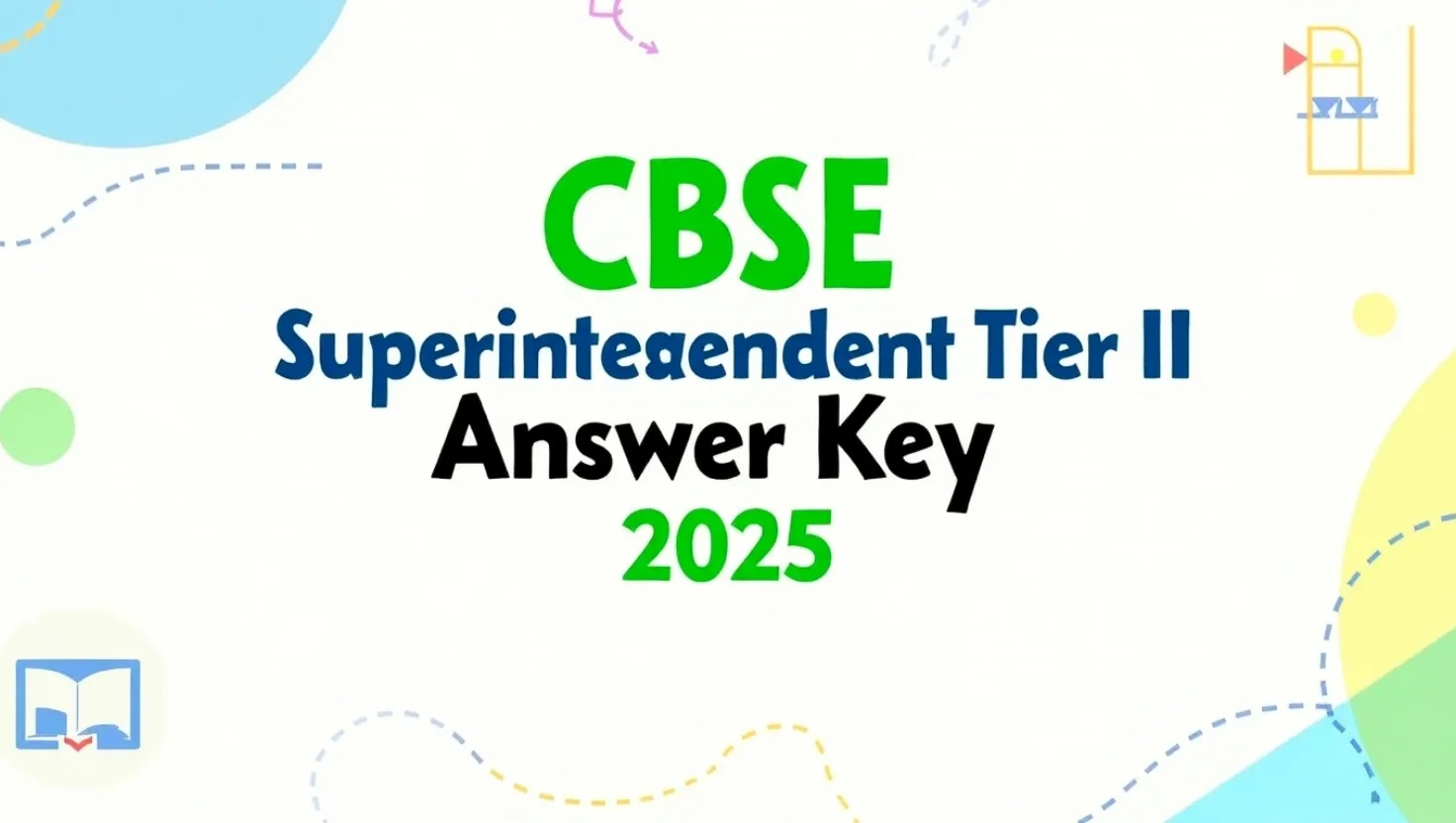The JEE Main 2015 Paper I held on 10th April was conducted in online mode and included questions from Physics, Chemistry and Mathematics. It followed the same pattern as other JEE Main exams, with 90 multiple-choice questions and a total of 360 marks. Students were given 3 hours to complete the test. This paper is a valuable resource for students preparing for upcoming JEE sessions, especially for understanding the online exam interface and real-time pressure.
I am writing about this particular paper because it provides real-time exam experience, especially for those planning to take JEE in computer-based mode. Many aspirants often rely only on mock tests from coaching institutes, which may not always reflect the exact question types or difficulty level seen in the actual exam. The 10th April 2015 paper is an actual memory-based question set that not only helps you practise but also gives you a feel of the JEE pattern. Using this paper as a mock test can help you spot weak areas, improve time management, and build confidence for the actual exam day.
Paper Overview and Pattern
The 10th April 2015 exam was conducted in computer-based format. Here’s a quick summary:
- Exam Mode: Online (Computer-Based Test)
- Subjects: Physics, Chemistry, Mathematics
- Total Questions: 90 (30 from each subject)
- Maximum Marks: 360
- Question Type: MCQs (Single correct answer)
- Marking Scheme: +4 for correct, -1 for incorrect
- Duration: 3 Hours
Section-Wise Breakdown
Physics
Physics questions were moderate in difficulty with a good mix of numericals and theoretical concepts. Chapters frequently asked included:
- Laws of Motion and Work, Power, Energy
- Electrostatics
- Current Electricity
- Modern Physics
- Oscillations and Waves
A few questions required unit conversion and dimensional analysis.
Chemistry
This section was NCERT-heavy and scoring for those familiar with textbook concepts. Topics included:
- Organic Chemistry – Reaction mechanisms and conversions
- Physical Chemistry – Equilibrium, Thermodynamics, Electrochemistry
- Inorganic Chemistry – Periodic Table, Coordination Compounds
The section was considered easier compared to Physics and Maths.
Mathematics
Mathematics was time-consuming with several questions involving lengthy calculations. Key chapters:
- Calculus – Definite Integrals, Continuity and Differentiability
- Algebra – Complex Numbers, Quadratic Equations
- Trigonometry – Heights and Distances
- Coordinate Geometry – Parabola, Straight Lines
Many students found this section the most challenging due to time pressure.
Benefits of Practising with the 10th April 2015 Paper
Solving this paper can help you in multiple ways:
- Familiarises you with the online JEE format
- Helps you practise real exam-level MCQs
- Provides an exact representation of time pressure
- Highlights repeated topics and frequently asked question types
- Can be used as a full-length mock test for revision
Download PDF
You can download the JEE Main 2015 Paper I (10th April) along with the answer key from the link below:
Click here to download JEE Main 10th April 2015 Question Paper PDF
(Link will be updated once available for public access)
Final Words
Practising from actual JEE papers is one of the smartest preparation strategies. If you are serious about cracking JEE Main, don’t ignore these past year sets. The 10th April 2015 paper, in particular, is perfect for understanding the exam pressure in the computer-based format. Attempt the paper in one sitting, avoid distractions, and evaluate your answers honestly. That way, each paper you solve becomes a step closer to your goal. Keep practising and stay consistent.



















